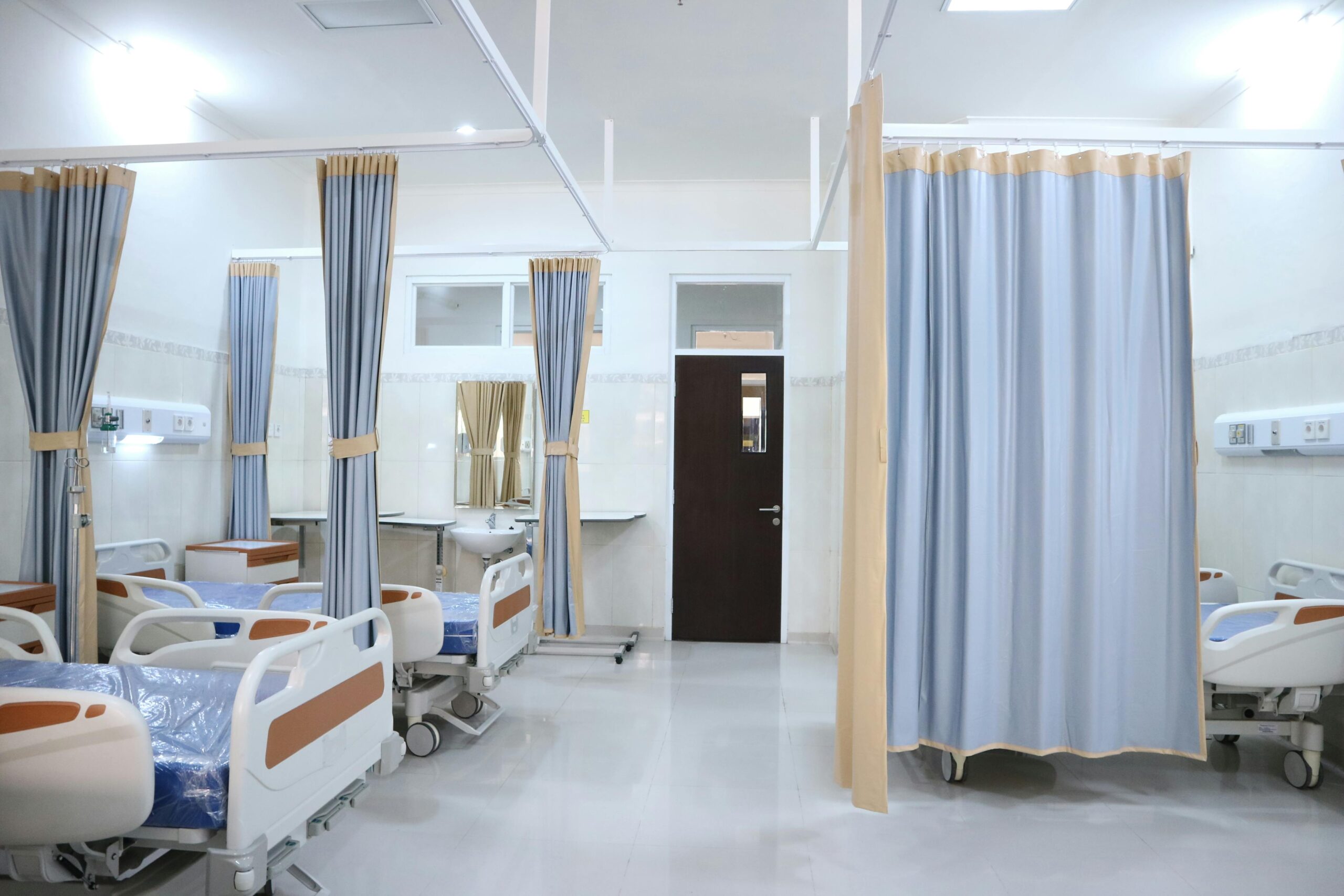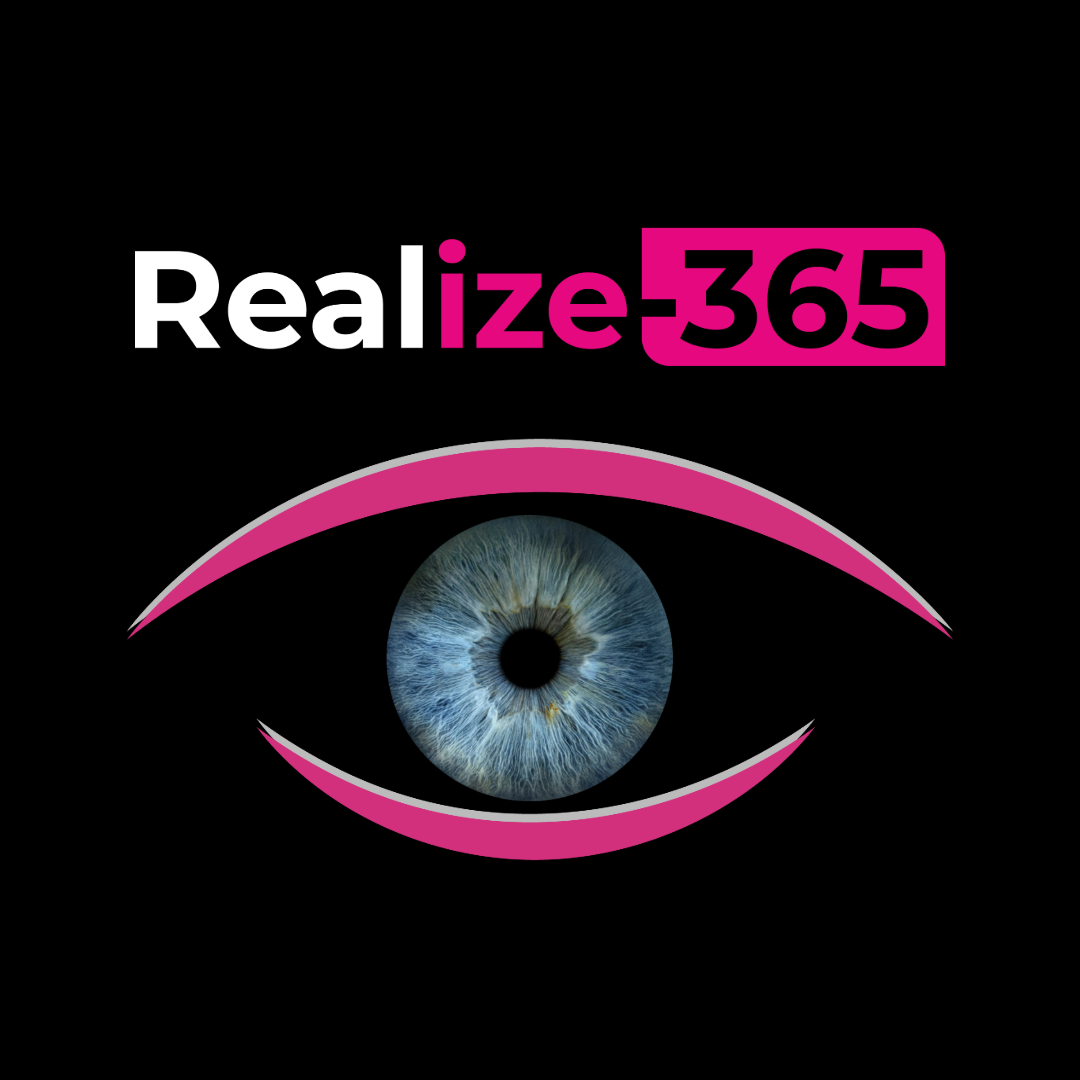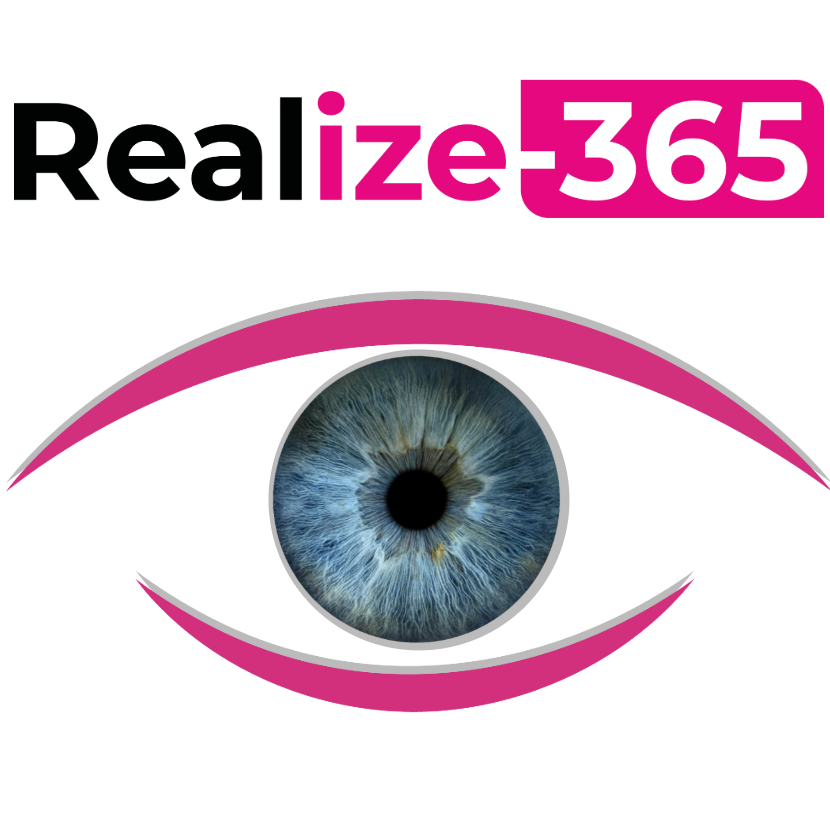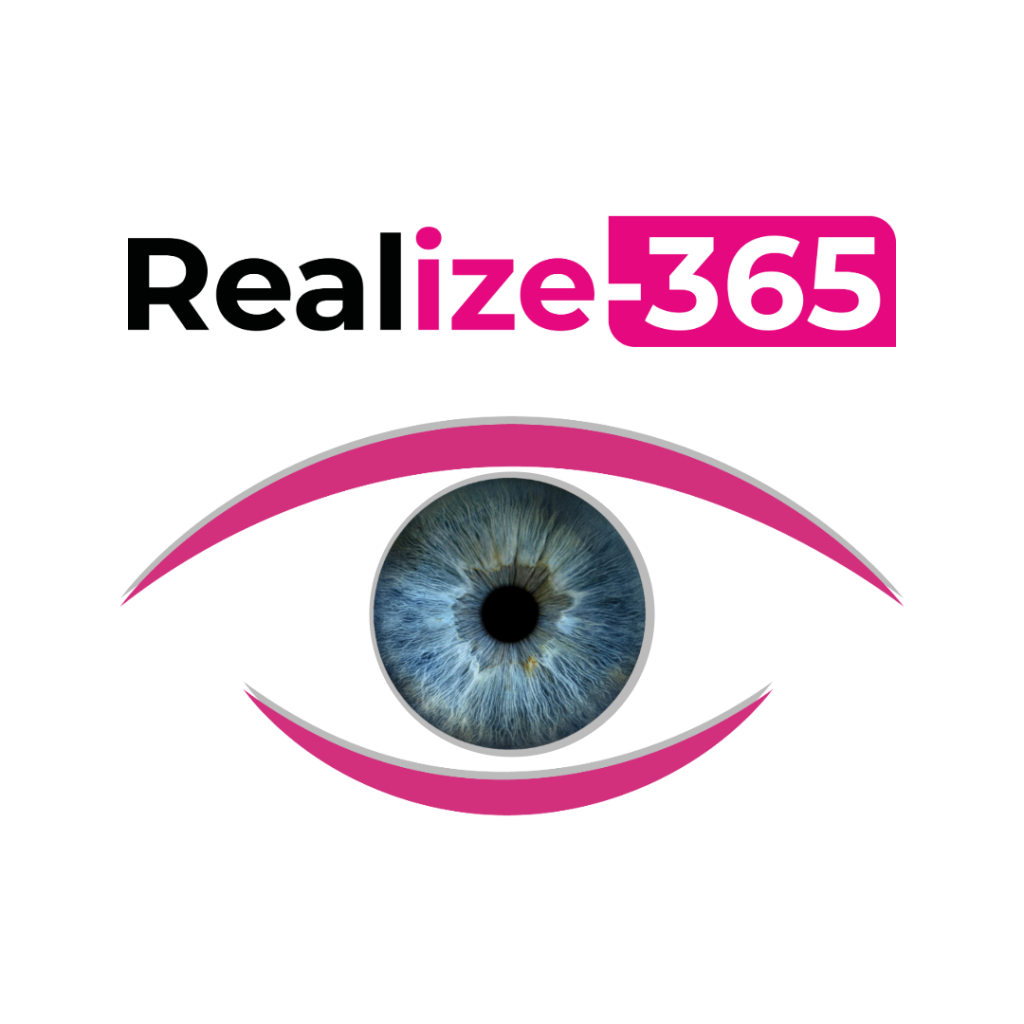Emergency Room Triage
Rapid Medical History Summarization
Want to know more?

Scenario
Maria, a 78 year old woman, arrives at the emergency department complaining of acute shortness of breath. She is disoriented and unable to provide a reliable medical history. No family members or caregivers are present, and the triage nurse is left with little more than her name and national ID.
The nurse initiates standard protocol and pulls Maria’s electronic health record. However, her clinical history is fragmented, with scattered documents across primary care, cardiology, and nephrology departments over the past three years. The volume and inconsistency of records make it difficult to determine her underlying conditions, current medications, or recent exacerbations, all of which are vital to guide triage and admission decisions.
How Realize-365 Streamlines the Workflow
Step 1: Instant Patient File Ingestion
Traditional time: 15 to 20 minutes just to locate and access relevant records
With Realize-365: Under 1 minute
The ER nurse logs into Realize-365 and enters Maria’s unique patient ID. Realize-365 instantly pulls her available medical history from connected EMRs and external sources, including scanned PDFs and external referrals.
Instead of opening 10 different documents from multiple hospital systems, the nurse sees a unified workspace with everything pulled into one timeline.
Step 2: Automated Structuring and Summarization
Traditional time: 25 to 30 minutes of manual chart review
With Realize-365: 2 to 3 minutes
As the system ingests the data, the nurse selects the “Clinical Summary” function. Realize-365 returns:
- A structured problem list
- Chronological clinical timeline
- Flagged trends in lab results and diagnostics
- Last five discharge summaries with embedded links
- All known medications, with a highlight on any high risk interactions
The nurse clicks into the COPD diagnosis and asks the system, “When was her last exacerbation?” She also queries: “Any recent renal concerns?” Realize-365 responds with a flagged creatinine value of 2.2 and summarizes her CKD status as stage 3.
Step 3: Clinical Insight Surfacing
Traditional time: Variable — often delayed until physician review
With Realize-365: Immediate
Realize-365 automatically surfaces:
- Congestive heart failure (CHF) with prior admissions
- Chronic kidney disease (CKD) stage 3
- Chronic obstructive pulmonary disease (COPD) with the last recorded exacerbation 3 months ago
It also highlights that Maria is on three chronic medications that may impact acute management and flags a potential risk of fluid overload based on historical readmissions.
The nurse uses these insights to begin preparing Maria for admission, confident that nothing critical is missed.
Step 4: Operational and Clinical Handoff
Traditional time: 15 to 20 minutes preparing handover notes
With Realize-365: Under 2 minutes
The nurse clicks “Generate Handoff Summary.” A clean, structured summary is created automatically, with:
- Key diagnoses and comorbidities
- Time-stamped recent episodes and tests
- Medication summary
- Highlighted risks (e.g. fluid overload, renal function concerns)
She prints a copy for the handoff team and uploads the file directly to the central record, saving valuable time and eliminating transcription errors.
Step 5: Physician Decision Support
Traditional time: 30 to 45 minutes before physician has full historical clarity
With Realize-365: Full context available at first interaction
When the physician arrives, they no longer start from scratch. The full clinical picture is already available, clearly presented, and ready to guide decisions. Realize-365 enables the team to move directly into diagnostics and treatment planning, reducing the burden on the physician to manually assemble the patient story.
Clinical Impact
- Total time saved: 60 to 90 minutes per critical admission
- Frontline nurses empowered to deliver confident, well informed handovers
- Fewer missed diagnoses and duplicated tests
- Faster clinical decision making with reduced cognitive load
In this case, Realize-365 turned a blind, high risk patient arrival into a controlled and informed admission, with every member of the care team aligned before the first medical order was placed.


